
Petra
The spectacular sandstone city of Petra was built in the 3rd century BC by the Nabataeans, who carved palaces, temples, tombs, storerooms and stables from…

Petra
The spectacular sandstone city of Petra was built in the 3rd century BC by the Nabataeans, who carved palaces, temples, tombs, storerooms and stables from…
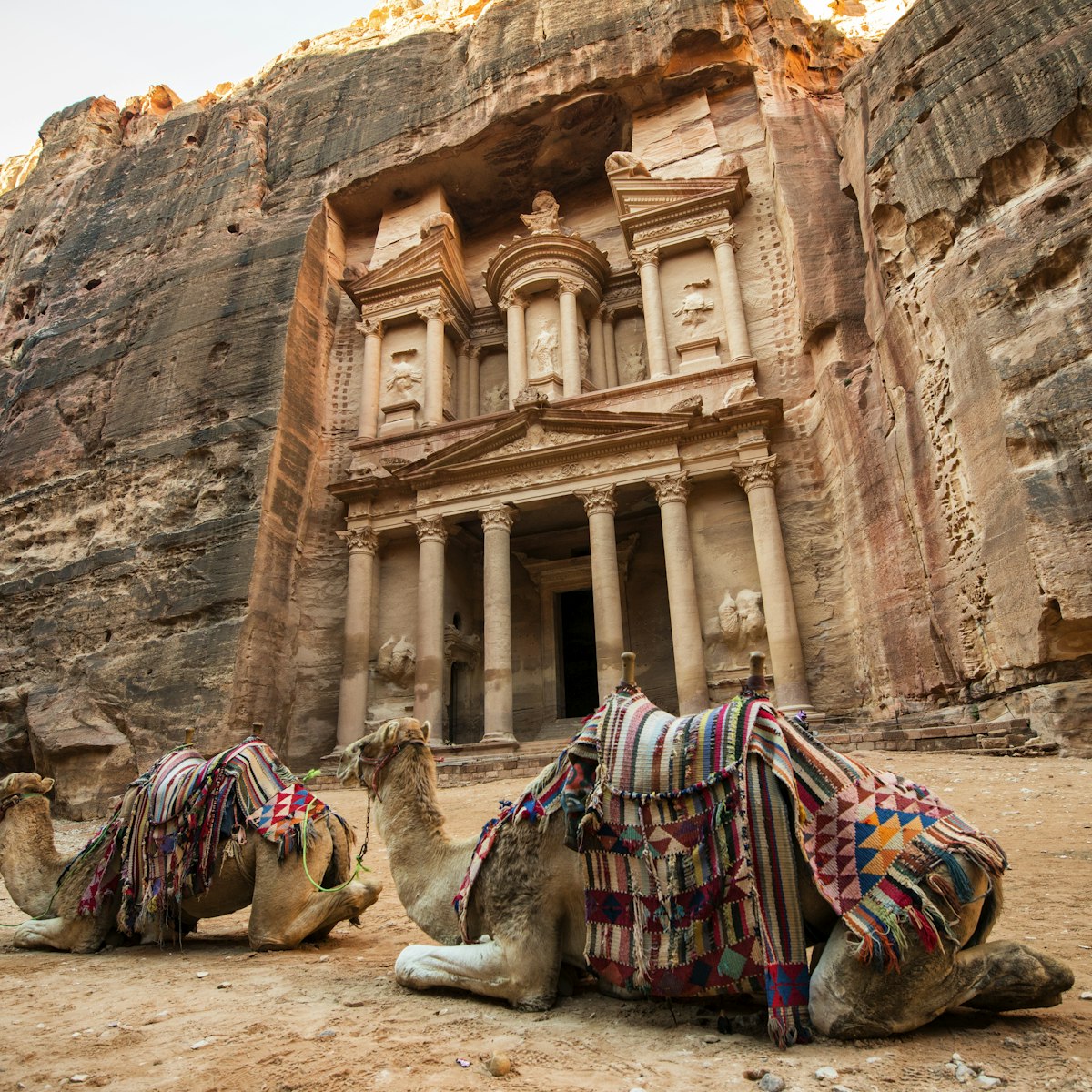
The Ancient City
The 1.2km Siq, or canyon, with its narrow, vertical walls, is undeniably one of the highlights of Petra. The walk through this magical corridor, as it…
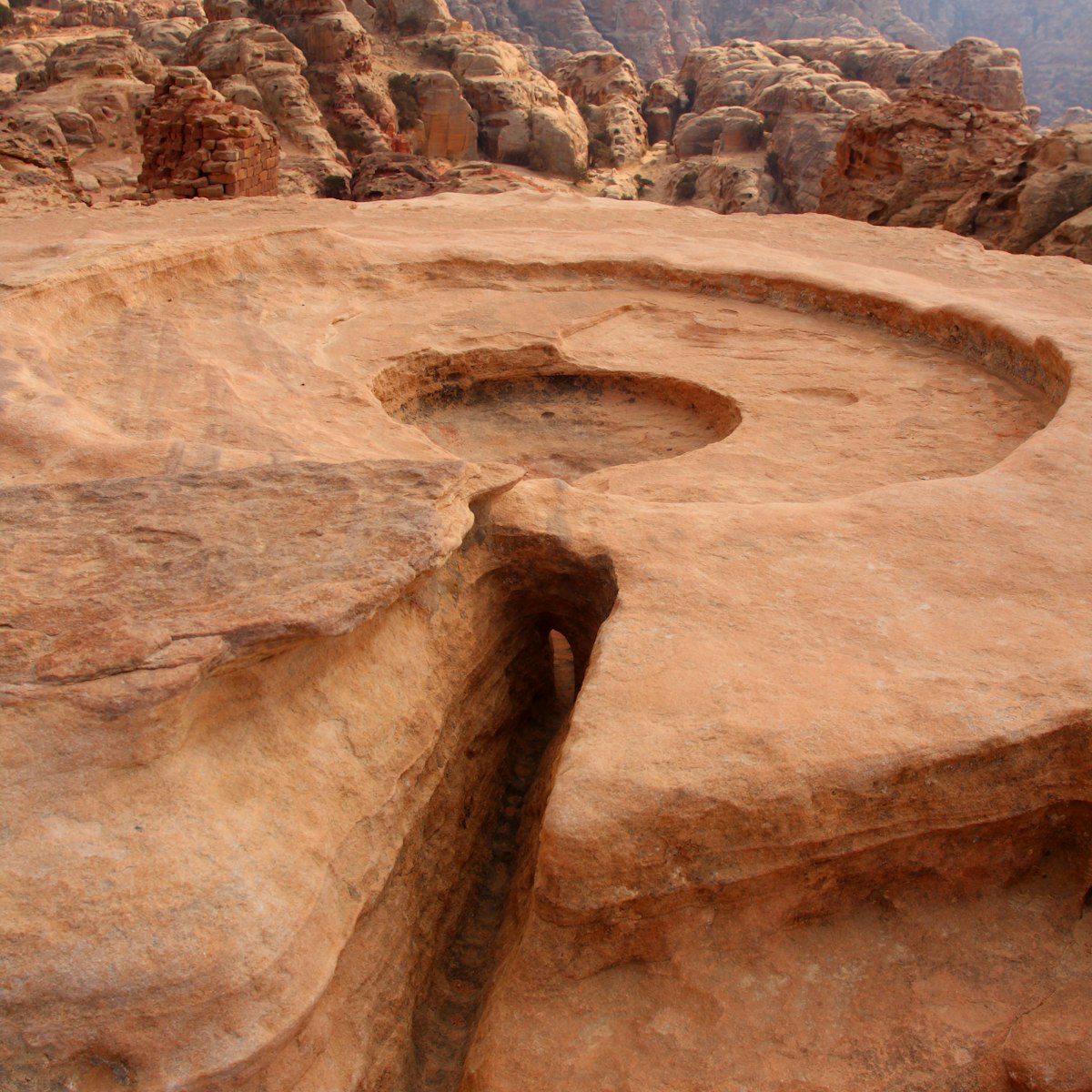
The Ancient City
The most accessible of Petra’s High Places, this well-preserved site was built atop Jebel Madbah with drains to channel the blood of sacrificial animals…
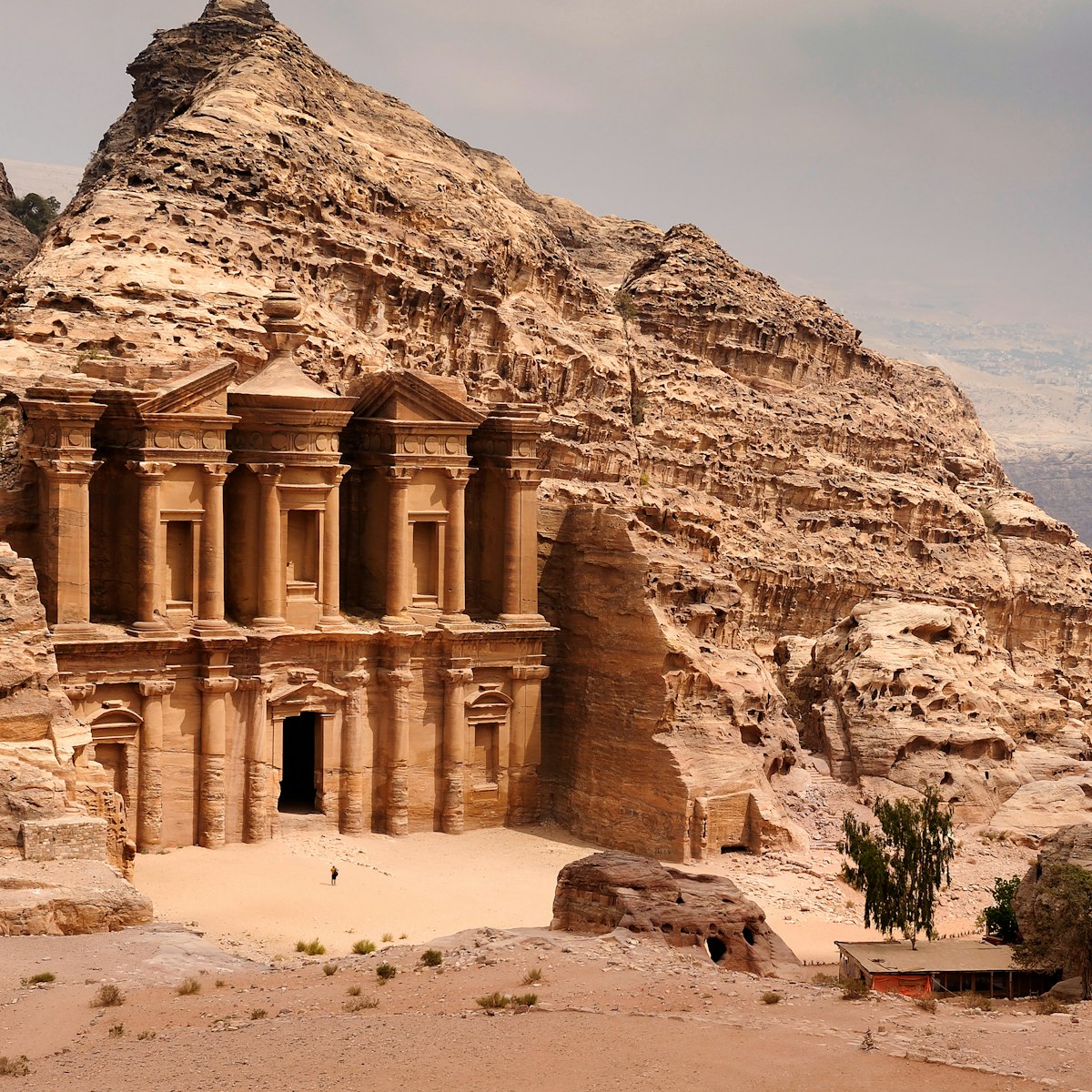
The Ancient City
Hidden high in the hills, the Monastery is one of the legendary monuments of Petra. Similar in design to the Treasury but far bigger (50m wide and 45m…

The Ancient City
Originally built by the Nabataeans (not the Romans) more than 2000 years ago, the Theatre was chiselled out of rock, slicing through many caves and tombs…
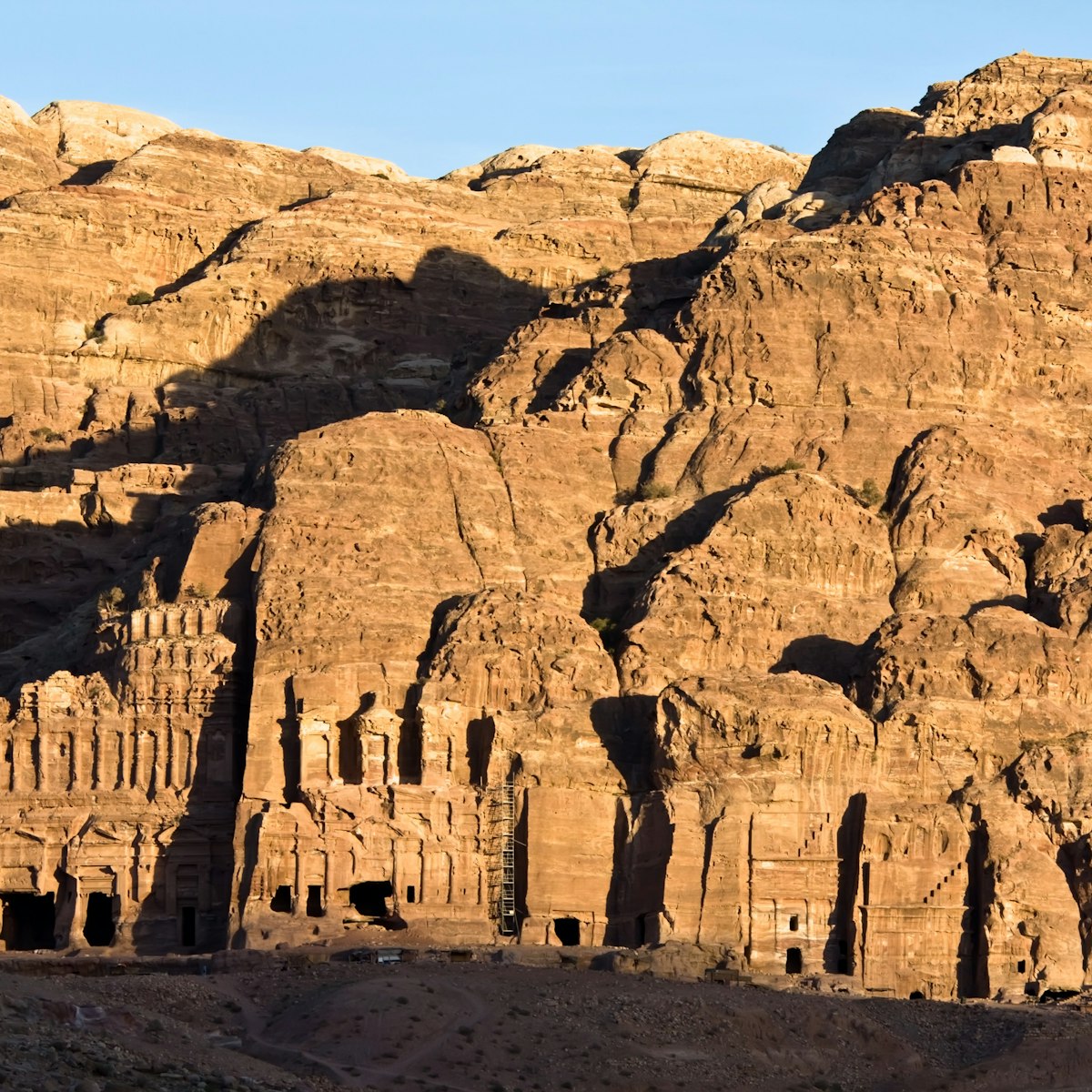
The Ancient City
The most distinctive of the Royal Tombs is the Urn Tomb, recognisable by the enormous urn on top of the pediment. It was built in about AD 70 for King…
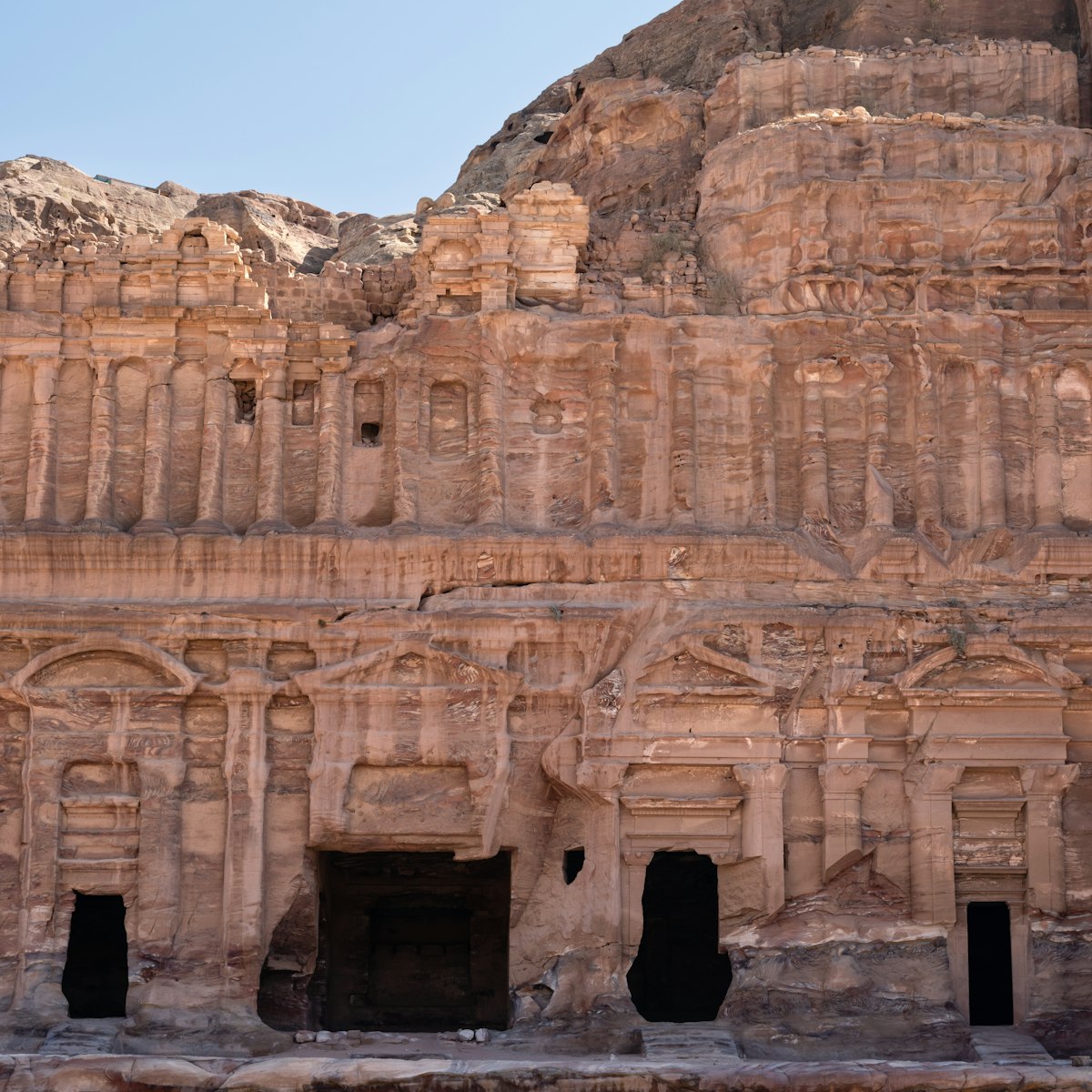
The Ancient City
Downhill from the Theatre, the wadi widens to create a larger thoroughfare. To the right, the great massif of Jebel Al Khubtha looms over the valley…
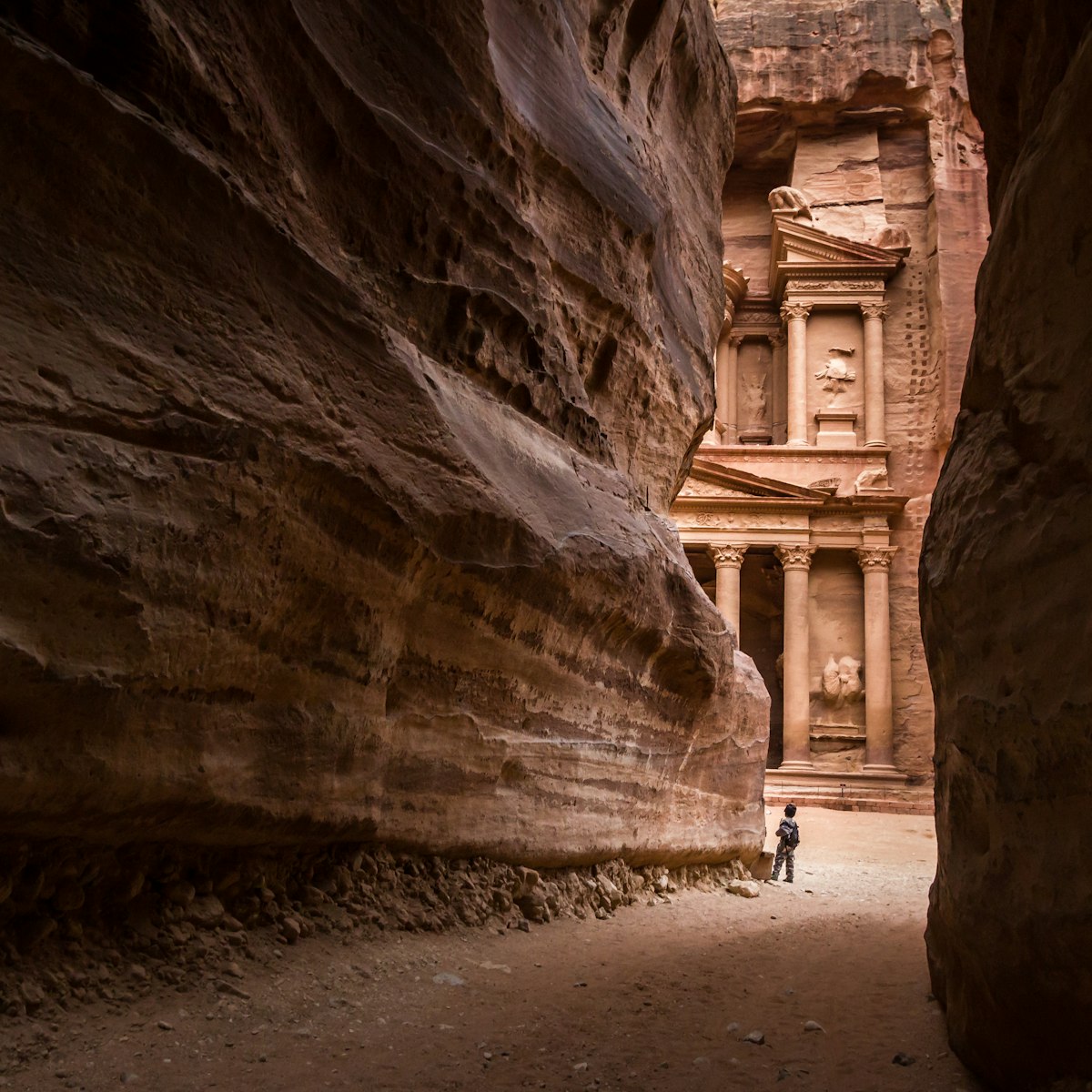
The Ancient City
Known locally as Al Khazneh, this tomb is where most visitors fall in love with Petra. The Hellenistic facade is an astonishing piece of craftsmanship…
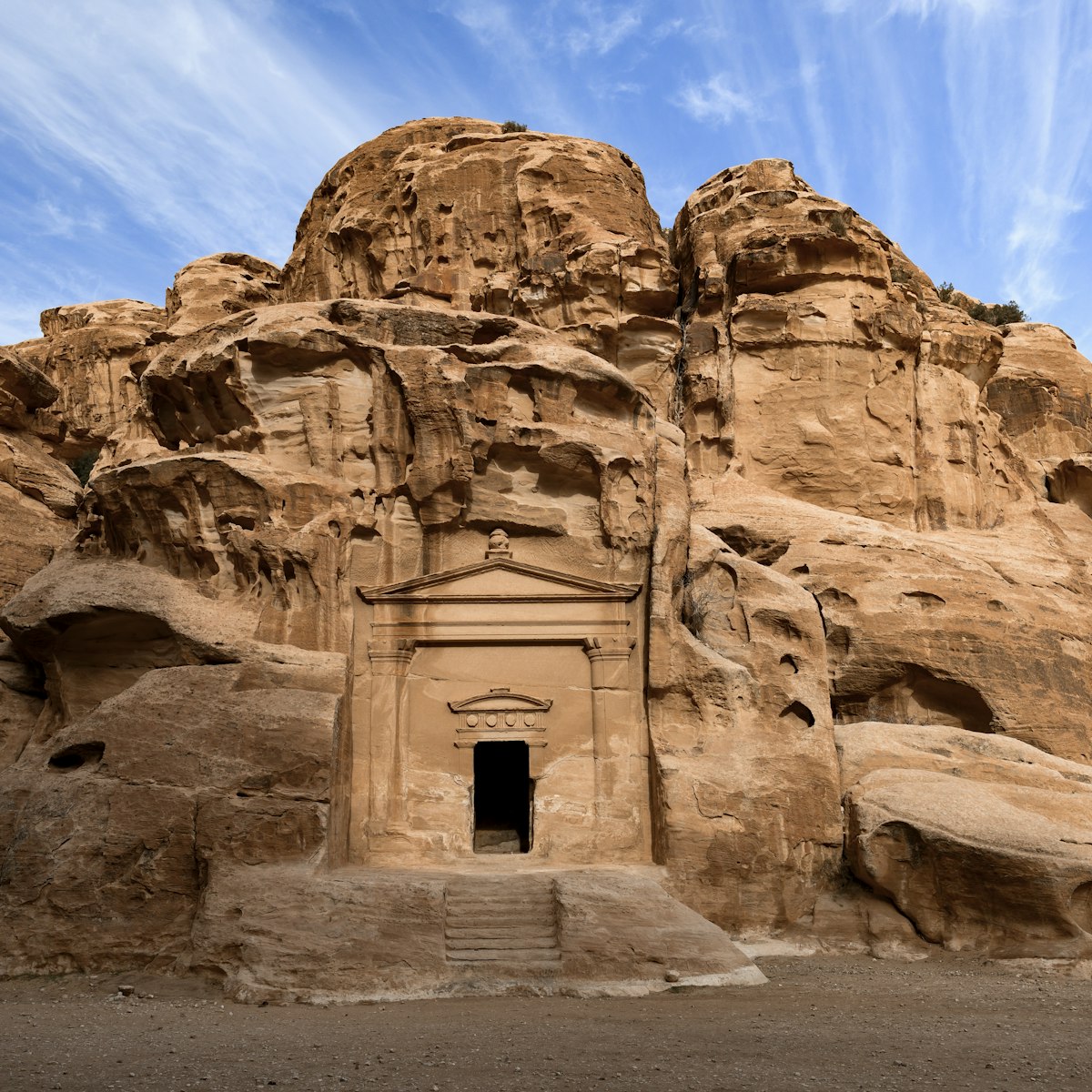
Little Petra
An obvious path leads through the 400m-long Siq Al Barid, opening out into flat, sandy areas. The first open area boasts a temple while four triclinia –…
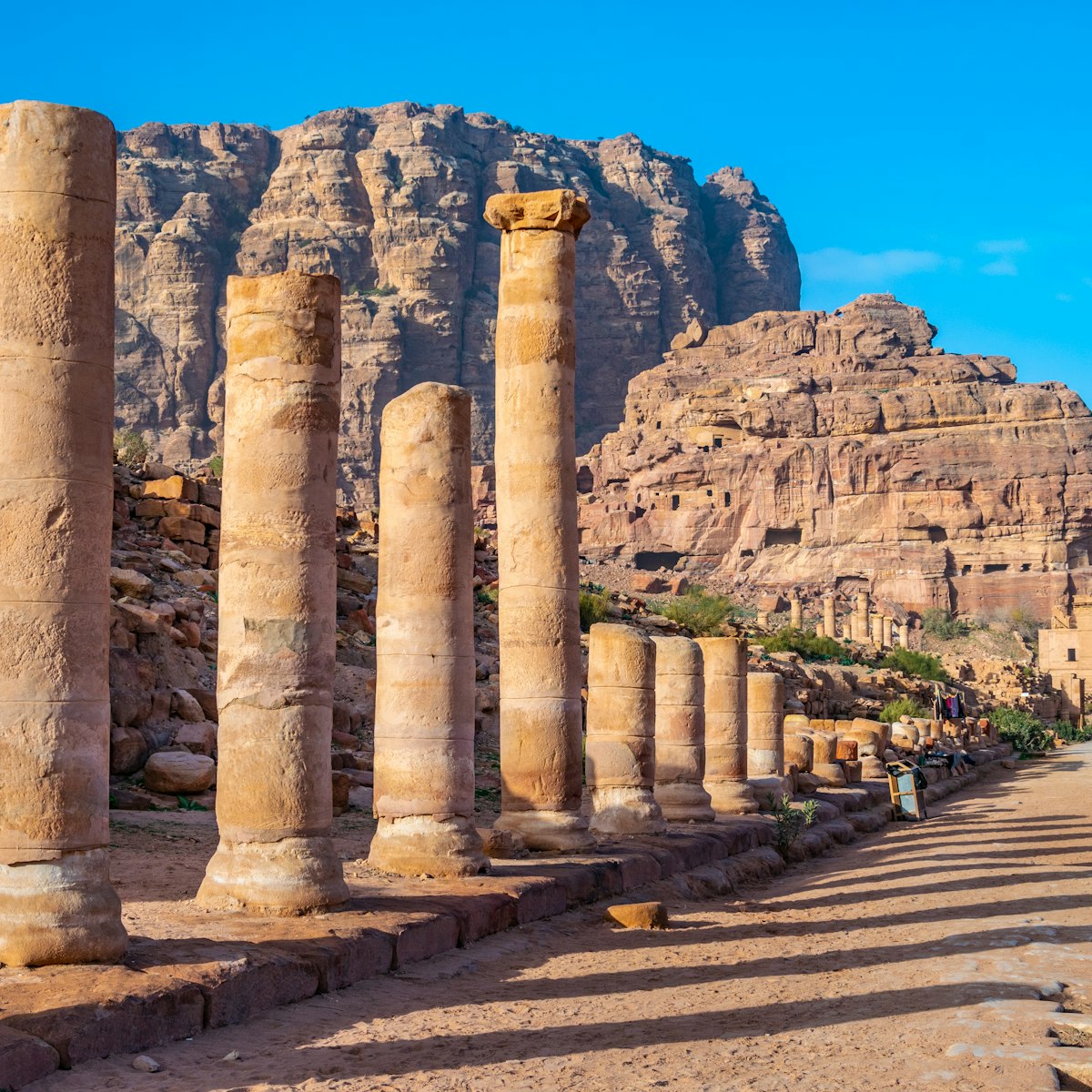
The Ancient City
Downhill from the Theatre, the Colonnaded Street marks the centre of the Ancient City. The street was built around AD 106 and follows the standard Roman…

Obelisk Tomb & Bab As Siq Triclinium
The Ancient City
Between the Petra Visitor Centre and the entrance to the Siq (south side of the path), there is a fine tomb with four pyramidal obelisks, built as…
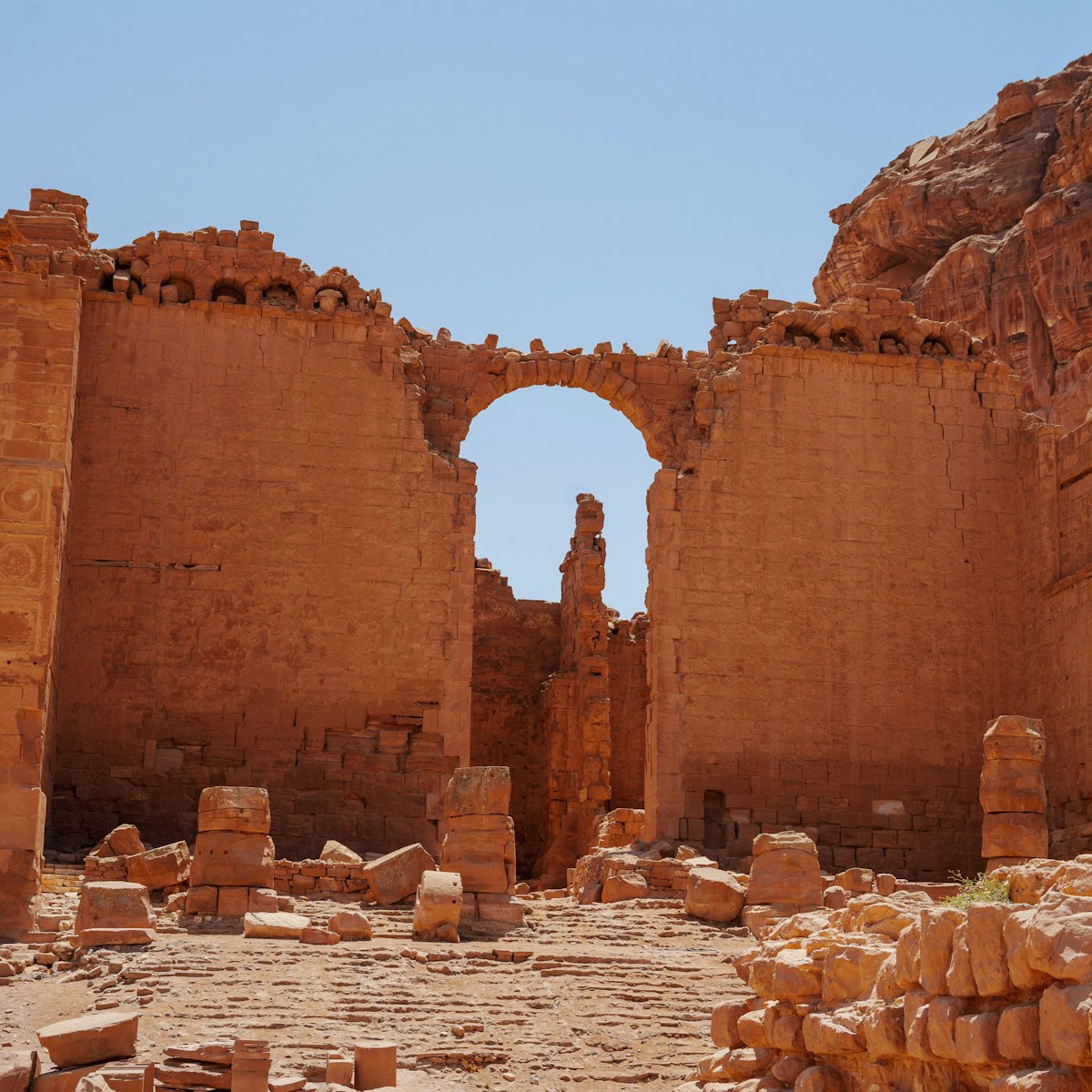
The Ancient City
One of the few free-standing structures in Petra, Qasr Al Bint was built in around 30 BCE by the Nabataeans. It was later adapted to the cult of Roman…
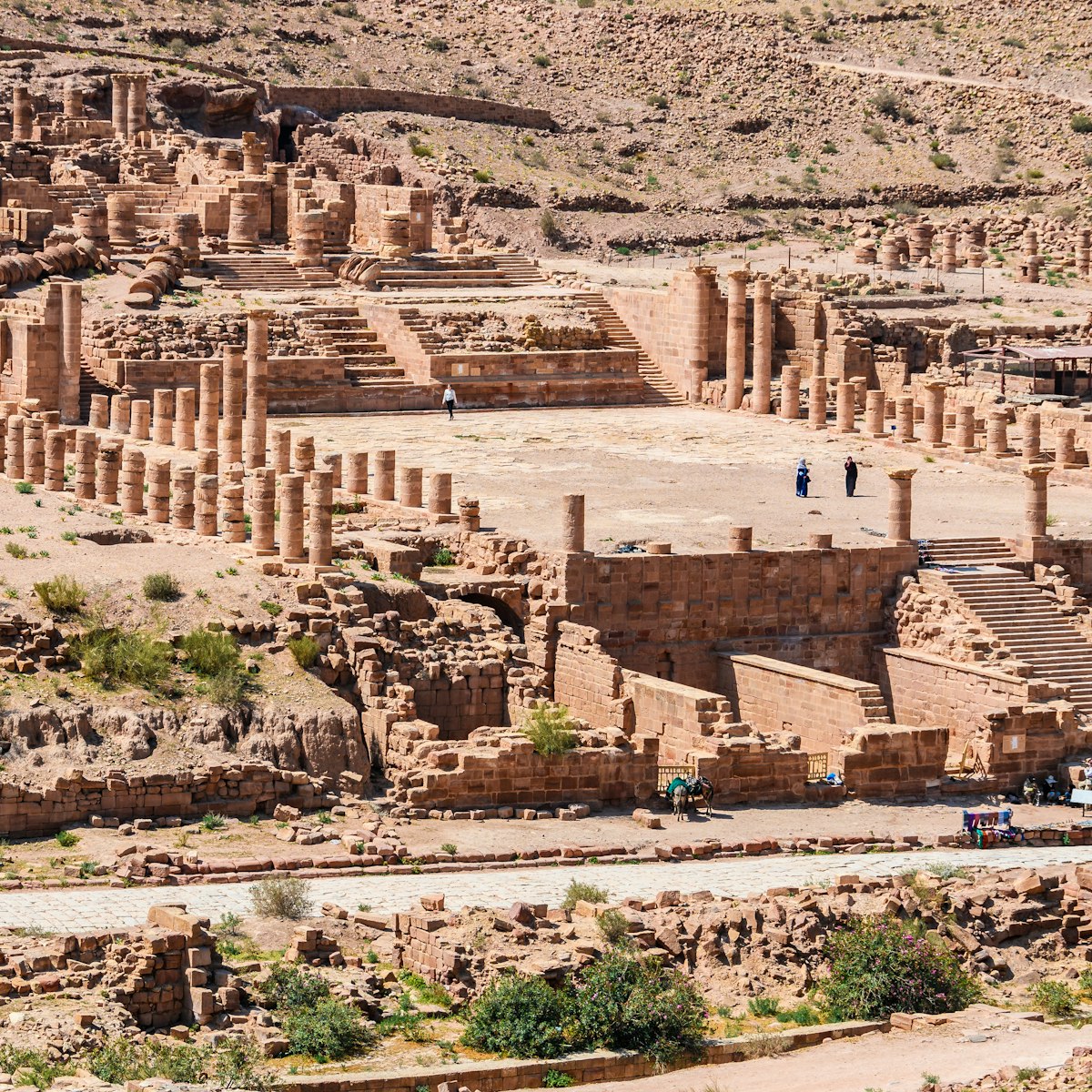
The Ancient City
A major Nabataean temple of the 1st century BCE, this structure was badly damaged by an earthquake not long after it was built, but it remained in use …
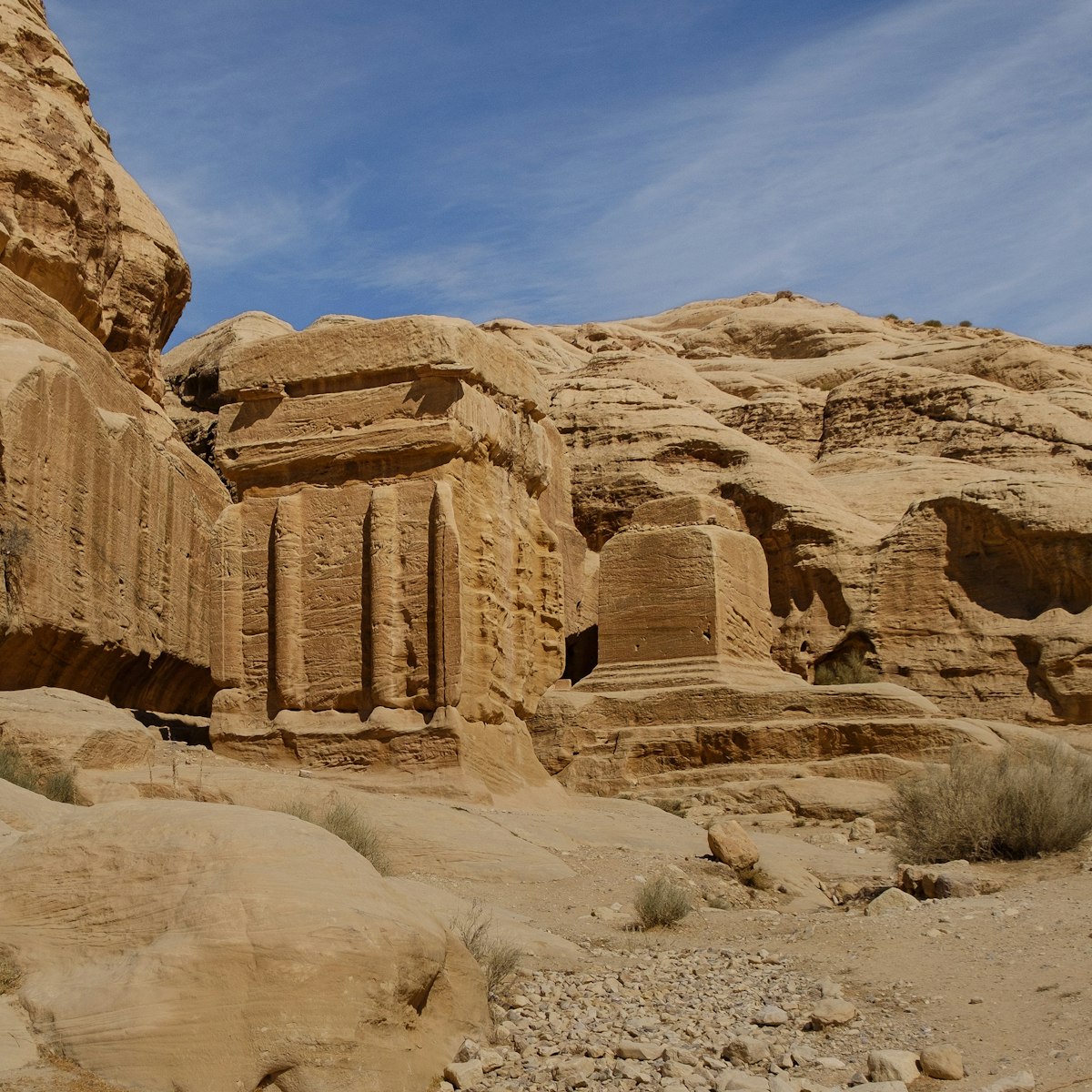
The Ancient City
About halfway between Petra Visitor Centre and the entrance to the Siq, look out for three enormous, squat monuments, known as Djinn Blocks or God Blocks…
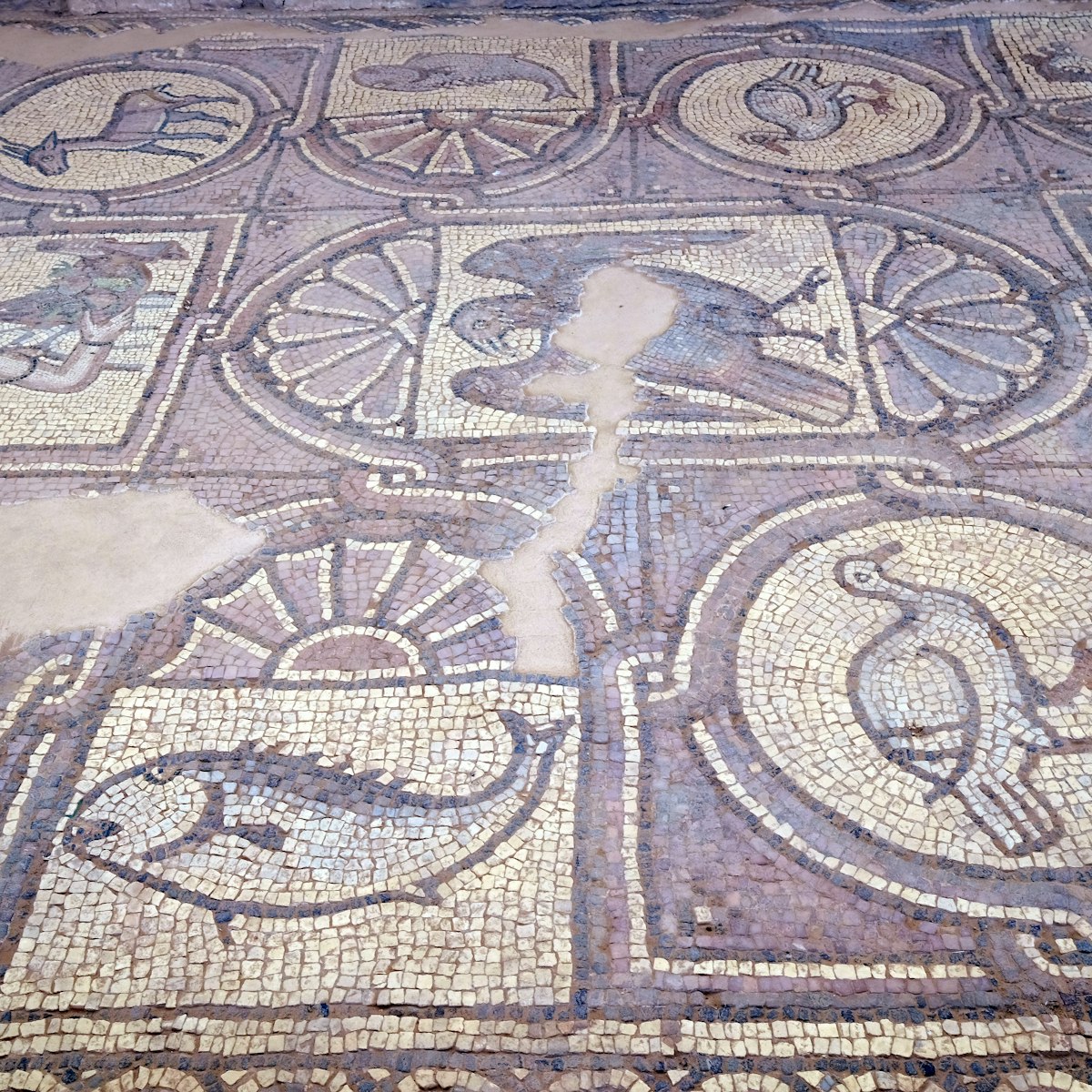
The Ancient City
An awning covers the remains of Petra Church (also known as the Byzantine Church). Inside the church are some exquisite Byzantine floor mosaics, some of…

The Ancient City
The delightful three-storey imitation of a Roman or Hellenistic palace, known as the Palace Tomb, is distinctive among the Royal Tombs for its rock-hewn…
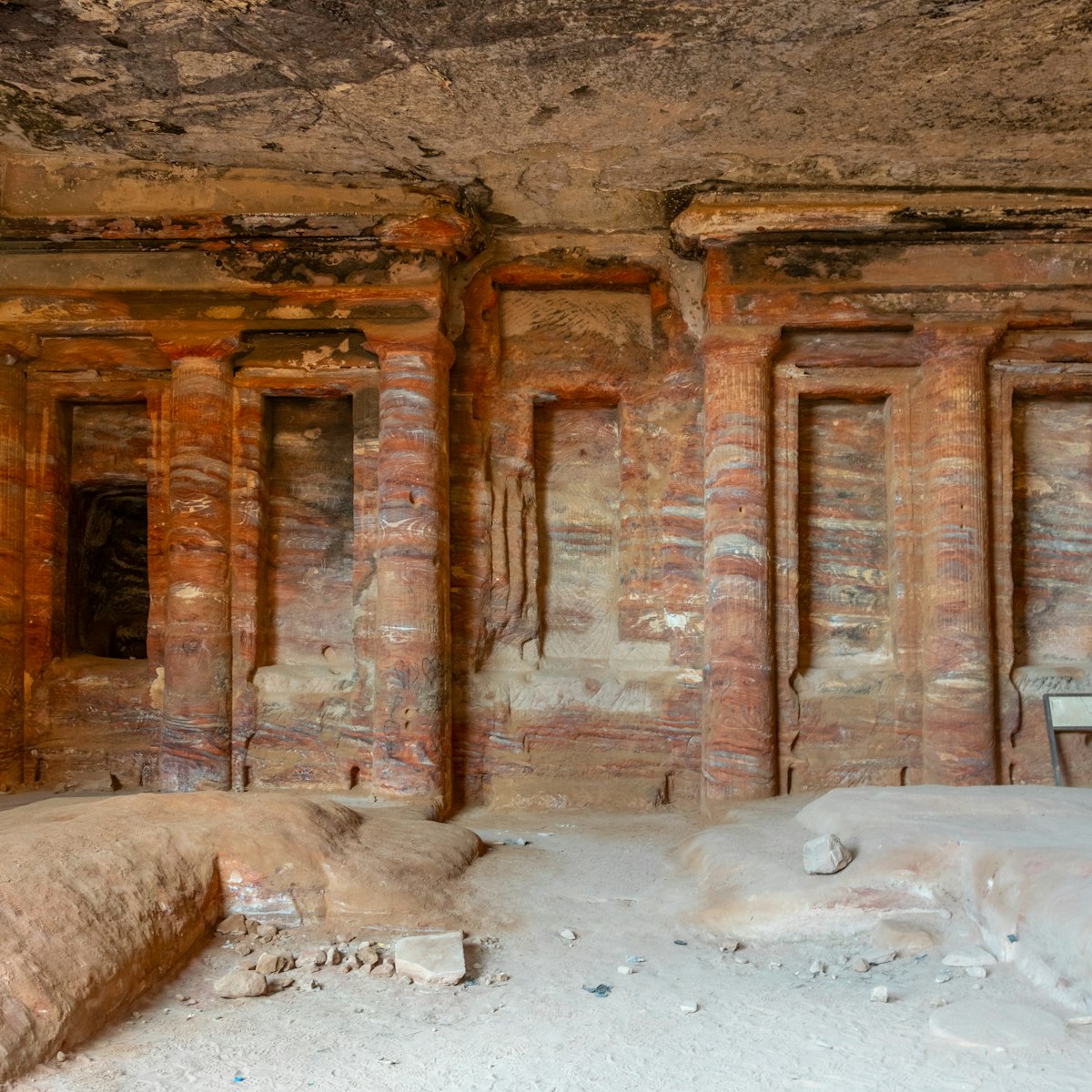
The Ancient City
This hall was used for annual feasts to honour the dead placed in the Roman Soldier’s Tomb. The hall is unique in Petra because it has carved decoration…
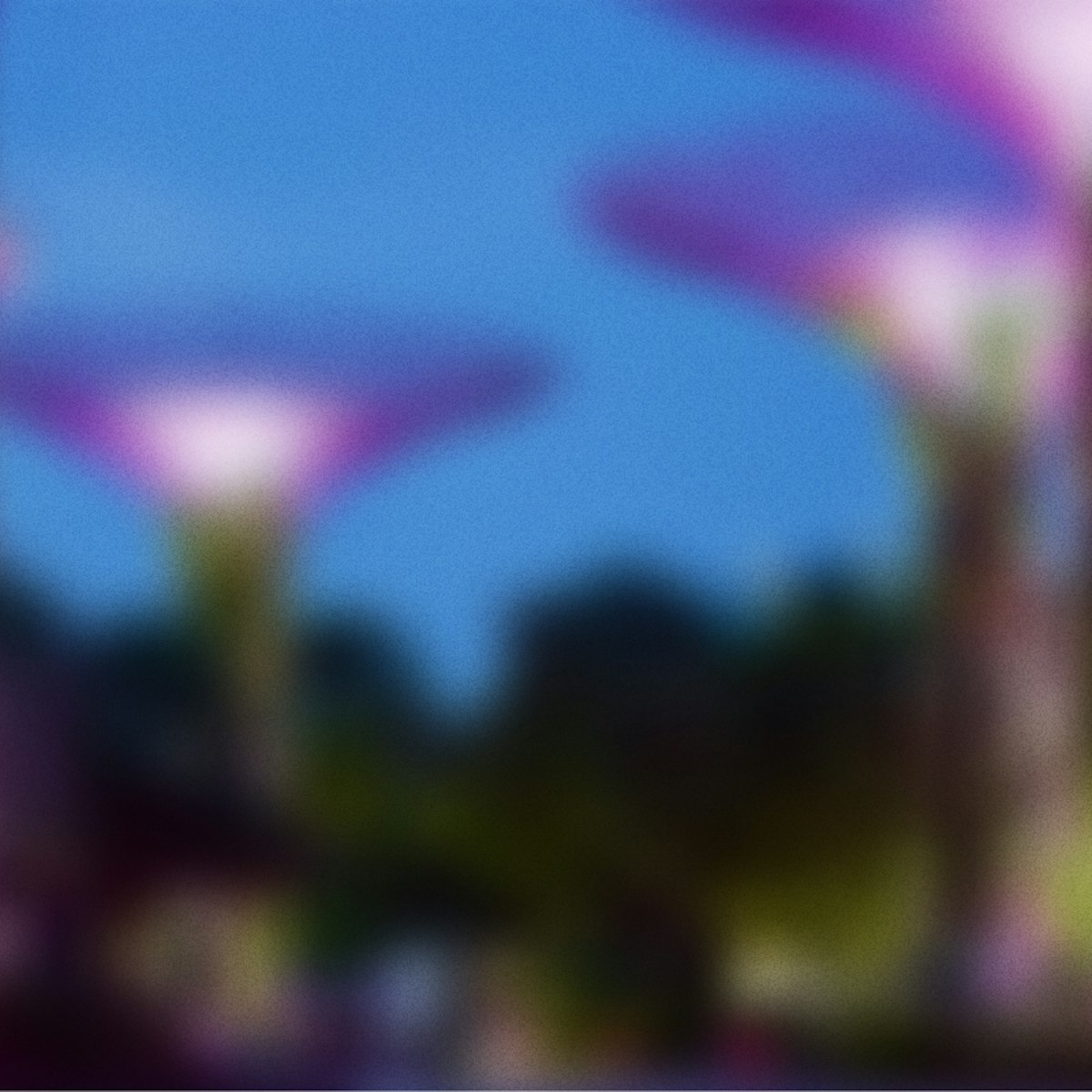
The Ancient City
Next to the distinctive Urn Tomb in the Royal Tomb group is the so-called Silk Tomb, noteworthy for the stunning swirls of pink-, white- and yellow-veined…

The Ancient City
Beyond the Monastery, this eyrie perched on a steep precipice affords breathtaking views.

The Ancient City
One of several viewpoints across Wadi Araba is worth the extra hike from the Monastery.

The Ancient City
Beyond Qasr Al Bint is the small hill of Al Habis (the Prison). From the Nabataean Tent Restaurant, steps lead up the hill past a disused museum around…

Little Petra
The neolithic ruins of Al Beidha date back 9000 years and, along with Jericho, constitute one of the oldest archaeological sites in the Middle East. The…

The Ancient City
A few hundred metres around the hill from the Royal Tombs is the seldom-visited Sextius Florentinus Tomb, built from AD 126 to 130 for a Roman governor of…

The Ancient City
From the Treasury, the passage broadens into what is commonly referred to as the Outer Siq. Riddling the walls of the Outer Siq are more than 40 tombs and…

The Ancient City
The recently excavated Temple of the Winged Lions, built around AD 27, is named after the carved lions that once topped the capitals of each of the…

Wadi Musa
Awaiting the completion of a new home (currently being built across from the Petra Visitor Centre), this excellent exhibition makes the most of more than…

The Ancient City
The Basin is an area just beyond Qasr Al Bint where the main wadi widens at the bottom of the valley. The area, which houses the two restaurants (Basin…

The Ancient City
At more than 6m high, these remarkable structures are carved out of the rock face, not built upon it: looking at the negative space surrounding them, it's…

The Ancient City
Built in the 2nd century AD, the gateway originally had huge wooden doors and side towers. It marked the entrance to the temenos (sacred courtyard) of the…

The Ancient City
Somewhat unique among buildings in Petra as it sports a coloured interior, the walls of this Nabataean dwelling are painted in ochres, burnt umbers and…

The Ancient City
Crowning the top of Jebel Haroun, this tomb encased in a 14th-century, whitewashed shrine is thought to be the last resting place of Aaron, Moses' brother…

The Ancient City
Referring to a complex of ruined houses, rather than just one, this set of ruins earned its name from the Greek inscription on the triclinium. The…

The Ancient City
The badly damaged Corinthian Tomb is something of a hybrid, with Hellenistic decorative features on the upper level and a Nabataean portico on the lower…

The Ancient City
Water here was channelled to pour out of the lion’s mouth from the rock face above – an example of Nabataean engineering at its most sophisticated. A…

The Ancient City
The multiple niches of the the enigmatic Columbarium remain a mystery; some suppose they housed votive images or urns, others say this was a dovecote for…

The Ancient City
With the bottom half of the facade missing, this tomb is remarkable for the Nabataean inscription it bears – the longest yet found in Petra.

The Ancient City
Many of these caves are marked with crosses, leading to the assumption that they may have been used for Christian burial.

The Ancient City
Commanding good views of the central portion of Petra, the remains of this ruined church have a stone floor.

The Ancient City
The two weather-beaten lions that lend the tomb its name face each other at the base of the monument.

The Ancient City
One of the most striking monuments in Wadi Farasa, this tomb may have been used as a temple.